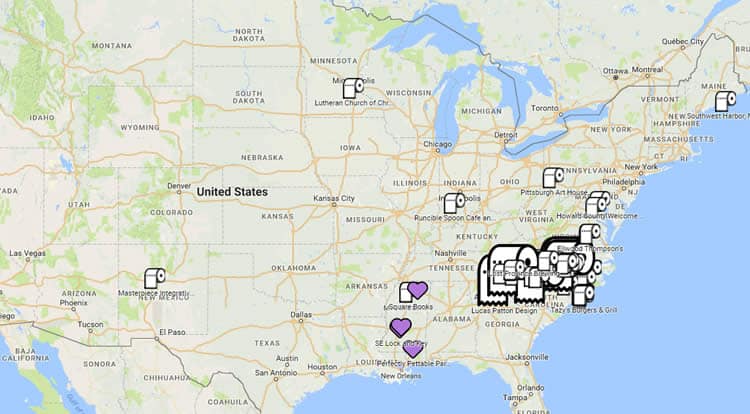Some careers are entirely focused on helping people. Think about teachers, police, nurses, doctors, firefighters, social workers and the like. Others are not directly aimed at helping people but indirectly do so nonetheless. User experience design falls into this category. Learning and practicing good user experience requires a degree of empathy with your users and understanding exactly how you can solve their problems.
Good UX design can have significant positive impact in the world. By focusing their talents, UX designers can make meaningful change and drive towards social good. If you are looking into a career in user experience design and want to make a difference through your work, the following are some ways you can make the change you want to see in the world.
Mapping How UX Skills can Help Create Social Impact
As user experience designers, we are empathizers. Everything we do is focused on our users and trying to understand them. To understand and emphasize, user experience designers are trained to ask the right questions. How does my project help users with their problems? Do I know enough about the users to address any unspoken pain points?
This finely-tuned approach to user research can help UX designers find problems with a high potential for socially impactful solutions.
Other key skills in user experience design can also help with creating social impact. Checking in with users after the product has been released to the public to see if it fits their needs while constantly reminding themselves that “you are not your user”, and that the solutions they think would help might not be the right fit for their users (see the misstep of tractors sent to African farmers) is a critical UX design skill that can help you create social impact.
Your ability to wireframe, prototype, and rapidly iterate to a solution that works for the end user and your ability to work with many different people and skillsets will also help.
Start With an Idea
While one can certainly join a company or organization that have some great social impact projects already under way, some user experience designers see problems going on in the world and decide to address them on their own.
Take Emily Waggoner for example. Emily is a UI/UX designer with the MIT Technology Review and a UX Design mentor with Springboard. Her project, mapping the public washrooms welcoming to transgender people, gained quite a bit of exposure on several news sites. The map has continued to grow by every passing day, and it serves as a valuable resource that can help many people avoid situations that might be unsafe.

Personal projects allow user experience designers to focus on causes that they care about, while having full control over the project. It can be challenging to handle all the elements of a project, but also quite rewarding when you build direct results for your users.
Scale Your Approach and Start Thinking Big
Eventually, if you want to create large amounts of social impact, you will have to scale your approach and reach out to others to collaborate.
Fortunately, there are quite a few groups that are using UX to make a difference in the world. There you will find plenty of like-minded people. The best known group is UX for Good, a not-for-profit organization that runs events to discuss and plan UX projects that make the world a better place. Their biggest project to date has been the Kigali Genocide Memorial, which brought together UX Designers to create a memorial that focused on creating hope in the visitors, as opposed to grief or outrage.
Another group, the Project for Public Spaces takes a different approach. They are also a non-profit, but their focus in on planning, design and education that is dedicated to helping people create and sustain public spaces that build stronger communities. UX Designers are part of this group, but they are not its sole contributors. Their staff and volunteers come from a wide variety of backgrounds, including psychology, environmental design, urban geography and information architecture.
Actionable Next Steps
As a user experience designer, you have the opportunity to create major social good. Here are some steps you can take to do just that:
- Follow Emily Waggoner’s lead and work on a project of your own. It can be any cause that you really care about, from environmentalism to urban planning but make sure that you understand the community or cause you are serving
- Join a Group of like-minded UX designers who are looking to create social change. The ones listed above are just two such groups, but plenty more exist. Many not-for-profits would also love to have a user experience designer help them with their websites or social media presence, either as employees or as volunteers
- Consider expanding the helpfulness of your company’s app or website. Even if your product does not have a social good focus, that does not mean there are no ways to help. You could start a fundraising campaign or encourage users to donate to a charity through the app.
These are just some ideas that might inspire you to get you started. As you read more about them, you will find countless ways you can help through your UX design skills to make the world a better place. The most important thing is to start small by setting realistic and achievable results. Like any project you embark on, it is better if you aim for something which you can do with all your constraints factored in, and eventually do it, rather than the opposite.
Source: Usability Geek
Author: Amber Stechyshyn

